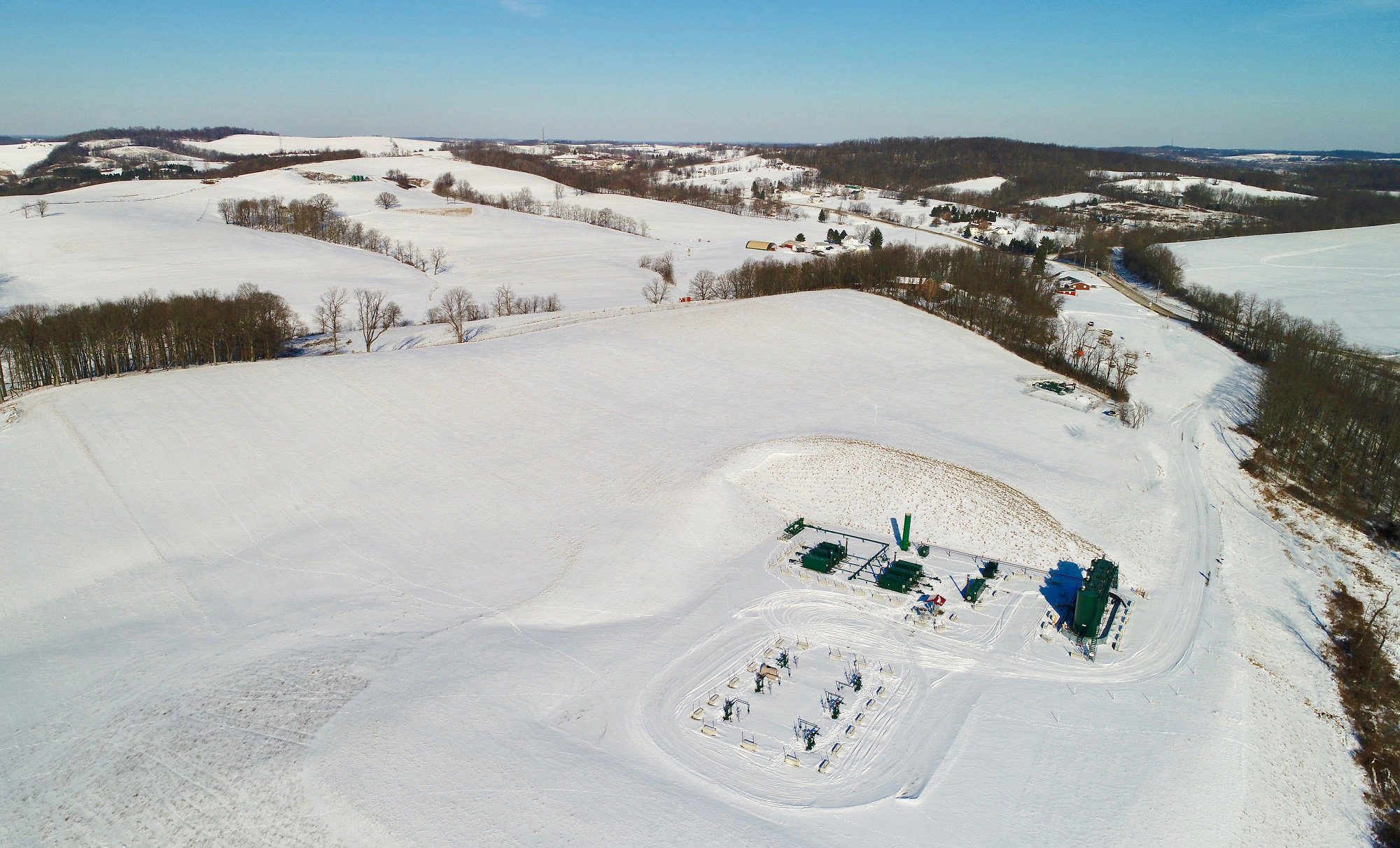With over 50% of Pennsylvania’s electricity generated by natural gas, and more than half of the state’s homes using gas for heat, winterization efforts across the supply chain are crucial to maintaining a steady and uninterrupted energy supply when the temperature drops.
“As the workhorse powering the biggest chunk of the electrical grid, natural gas is perhaps the most consequential element of keeping the lights on during a winter storm,” the Pittsburgh Post-Gazette recently underscored.
Understanding Pennsylvania’s unique weather patterns, operators from the wellhead to the burner tip use advanced technology (often with remote capabilities) to quickly identify and mitigate potential freeze points and avoid disruptions through efforts including:
- Installing heat wraps, pipe, and vessel insulation
- Implementing electric and glycol heat traces on pipes and vessels
- Utilizing glycol dehydration to remove water from the gas stream
- Injecting methanol to reduce the freeze point of natural gas
- Deploying ground-level portable heating systems
- Stockpiling salt, snow-removal equipment and critical supplies for maintenance and monitoring
In practice, Range Resources implemented heat trace improvements to ensure access to reliable power continued even during unforeseen temperatures and winter weather events. Pipeline operators, such as Equitrans Midstream, consistently monitor rainfall, freeze and thaw cycles to prevent landslides and other weather-related incidents. Others, including Southwestern Energy, have dedicated Severe Weather Assessment Teams to track and evaluate things like winter storms, hazardous road conditions and power outages.
Combined, these efforts ensure a reliable and resilient supply of energy to communities across Pennsylvania. According to the Pennsylvania Public Utility Commission (PUC)’s Winter Reliability Report, all of the state’s large natural gas distribution companies have sufficient supply and procedures in place to ensure reliable service this winter. The report outlined that “overall natural gas consumption this coming winter is forecast to be slightly higher than last year – but noticeably lower natural gas prices are expected to make residential home heating less expensive, as compared to last winter.”
In the power sector, Pennsylvania natural gas generates electricity for millions of residents and business across Appalachia and parts of both the Midwest and Northeast. Winterization and other reliability efforts by the natural gas industry directly contribute to the stability of the electrical grid, especially during periods of extreme weather and peak demand.
While Pennsylvania operators do everything they can to prepare for winter weather, additional investment in infrastructure is critical to enhance reliability. We have the supply – we’re the second-largest natural gas producer in the country, responsible for more than 20% of total U.S. production – but the means of transporting it to states and communities that depend on us for affordable, abundant power are limited. It is imperative lawmakers and regulators recognize the need for improved and modernized permitting processes to fast-track infrastructure development in our region to maximize energy resilience for operators and customers alike.
Bottom line: the natural gas industry’s robust winterization efforts are critical to maintaining resilient energy infrastructure. These proactive measures prevent freezing and mitigate the negative impacts of extreme weather conditions—both of which are essential to protecting consumers’ uninterrupted energy supply.
For more information: WINTERIZATION OF NATURAL GAS FACILITIES





